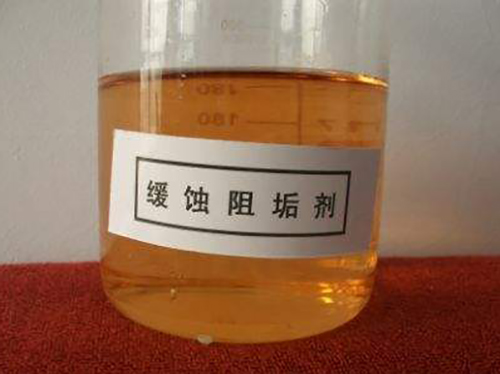Understanding the Principles of Coagulation and Flocculation in Water Treatment Processes
Coagulation and Flocculation Essential Processes in Water Treatment
Water is one of our most vital resources, yet it is often contaminated with various impurities that can pose health risks. Coagulation and flocculation are crucial processes in water treatment that help to remove these impurities effectively. This article will delve into the definitions, mechanisms, and significance of these processes in ensuring safe drinking water.
Definitions and Mechanisms
Coagulation is a chemical process that involves the addition of coagulants—typically aluminum sulfate, ferric chloride, or organic polymers—to water containing suspended particles. These coagulants neutralize the electric charge on the particles, encouraging them to clump together, or coagulate. As a result, smaller particles begin to aggregate into larger ones, creating a mass that can settle out of the water.
Following coagulation is the flocculation stage, where gentle mixing promotes the formation of larger aggregates called flocs. These flocs consist of a collection of coagulated particles that group together, making them heavy enough to sink to the bottom of a treatment tank. The flocculation process is typically achieved by mechanical means or by adding chemical aids that enhance the formation of flocs.
Importance in Water Treatment
The significance of coagulation and flocculation in water treatment cannot be overstated. First and foremost, these processes help improve the clarity and quality of drinking water. By removing sediment, microorganisms, and organic matter, they play a critical role in producing water safe for human consumption. Moreover, reducing the turbidity of water also minimizes the formation of disinfection by-products (DBPs) when chlorine or other disinfectants are applied.
In addition to ensuring safe drinking water, coagulation and flocculation processes also support various industries, including pharmaceuticals, food and beverage, and pulp and paper manufacturing. By maintaining high water quality, these processes enable industries to meet stringent regulatory standards, thereby protecting consumer health.
coagulation and flocculation

Factors Influencing Coagulation and Flocculation
Several factors influence the effectiveness of coagulation and flocculation. The nature of the coagulants used is essential, as different coagulants work better with specific types of impurities. For example, aluminum-based coagulants are effective in removing both organic and inorganic impurities, while iron-based coagulants may be favored in scenarios where phosphorus removal is desired.
Particle size and composition also play a critical role; larger particles tend to settle more quickly, whereas smaller and more stable particles are more challenging to remove. Water temperature and pH can further impact the coagulation process. Typically, optimal pH levels can enhance the performance of the coagulants, as certain coagulants function better at specific pH levels.
Challenges and Innovations
Despite their effectiveness, coagulation and flocculation processes face challenges, such as the generation of sludge, which must be managed and disposed of properly. The disposal of sludge can pose environmental concerns, prompting research into methods that can recycle or minimize waste.
Innovations in this field have focused on developing more efficient coagulants that can provide enhanced performance with reduced environmental impact. Additionally, advancements in control systems and real-time monitoring technologies allow for better optimization of coagulation and flocculation processes, resulting in improved efficiency and lower operational costs.
Conclusion
Coagulation and flocculation are indispensable processes in water treatment that significantly contribute to the safety and quality of drinking water. As the demand for clean water continues to grow, innovations and improvements in these processes will further enhance our ability to provide safe and reliable water sources. By understanding and refining these essential techniques, we can better protect public health and preserve our most precious resource water.
-
2-Phosphonobutane-1,2,4-Tricarboxylic Acid: Scale & CorrosionNewsAug.29,2025
-
Premium Isothiazolinones | Broad-Spectrum Biocidal SolutionsNewsAug.28,2025
-
LK-319 Special Scale And Corrosion Inhibitor For Steel Plants: Advanced Solutions for Industrial Water SystemsNewsAug.22,2025
-
Flocculant Water Treatment: Essential Chemical Solutions for Purification ProcessesNewsAug.22,2025
-
Isothiazolinones: Versatile Microbial Control Agents for Industrial and Consumer ApplicationsNewsAug.22,2025
-
Scale Inhibitor: Key Solutions for Water System Scale PreventionNewsAug.22,2025





